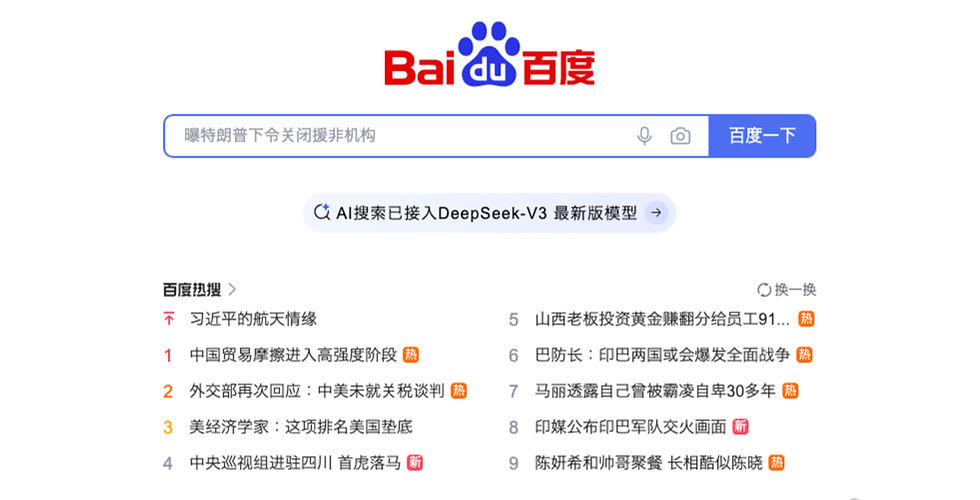Technical SEO Interview Questions and Sample Answers
- rei-wakayama
- May 1
- 3 min read
Updated: Nov 17
Hiring the right talent can be a pivotal business decision, but the interview process can be a challenge for everyone involved. Based on my experience on both sides of numerous interviews, I've gathered the most common technical SEO questions and answers.
Whether you're a candidate preparing to showcase your skills or a hiring manager looking to ask the right questions, the following guide will prepare you for an upcoming technical SEO interview, and approach it with confidence.
In your opinion, what are the most important SEO ranking factors?
Some of the most important Google ranking factors are: content quality, mobile-first, backlinks, domain authority, and technical SEO. Then, there are other factors such as EEAT (Experience, Expertise, Authoritativeness, and Trustworthiness) which are not direct ranking factors, but can be an indicator of content quality. There isn't one specific ranking factor that will lead to high rankings. SEO is about ensuring that all of your pages consistently provide a positive user experience, in terms of both content and technical aspects.
What are rich snippets?
Rich snippets are more visually appealing search results with additional information displayed alongside the title, description, and URL path. That extra information could be prices, ratings, reviews, or something else. To get rich snippets, you need to implement structured data on your page.

What is a canonical tag?
A canonical tag is a snippet of code that specifies the main (canonical) version of a page. It’s used to avoid duplicate content issues that may arise when the same or highly similar content is accessible under different URLs. Google treats the canonical tag as a hint—not as a directive or a command. So using a canonical tag does not guarantee that google will use that for indexing and ranking. One of the other URLs could still get indexed and ranked instead.
What is the difference between a 301 and 302 redirect?
A 301 redirect is a permanent redirect that indicates to search engines that the original URL has permanently moved to a new URL, and that the SEO authority and ranking power of the original URL should be passed to the new URL. On the other hand, a 302 redirect is a temporary redirect that indicates to search engines that the original URL has temporarily moved to a new URL. In this case, the SEO authority and ranking power of the original URL may not be passed to the new URL.
What is a URL slug?
A URL slug is the last part of the URL that provides information about the content on the page. For example, in the below URL for one of my previous blog posts, the URL slug is "japanese-seo"
What is robots.txt?
robots.txt is a file that instructs search engine bots about which sections or pages of the website they should and shouldn’t crawl. The instructions are written using “User-agent,” “Allow,” and “Disallow” directives, which specify the name of the bot, the path of the website to be crawled, and path of the page to be blocked, respectively.
What is the difference between disallowing Googlebot access via robots.txt directive and a no-index directive?
The no-index meta tag is for keeping pages out of Google’s index. It tells search engines not to show the page in SERPs. When Googlebot or other crawlers find the no-index tag in a page’s code, they’ll exclude that page from SERPs, even if other sites link to it. A common use case is preventing temporary pages such as seasonal offers, thank you and confirmation pages from cluttering the SERPs.
On the other hand, robots.txt is for controlling and optimizing crawling. It should be used to keep search engines from indexing specific sections of your website, such as admin panels and private content. However, robots.txt won’t prevent your page from appearing in search results. That’s why you might sometimes see the message “No information is available for this page.”

Do you follow any SEO blogs or websites?
Ye, I follow Google Search Central and Analytics Mania by Julius Fedorovicius, and am subscribed to SEOFOMO by Aleyda Solis and SEOForLunch by Nick LeRoy. I'm also an active member of several online communities, such as Women In Tech SEO and Measure Slack (if anyone needs an invite, let me know!)


